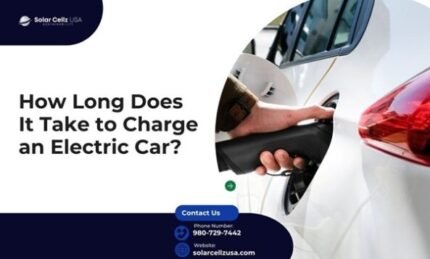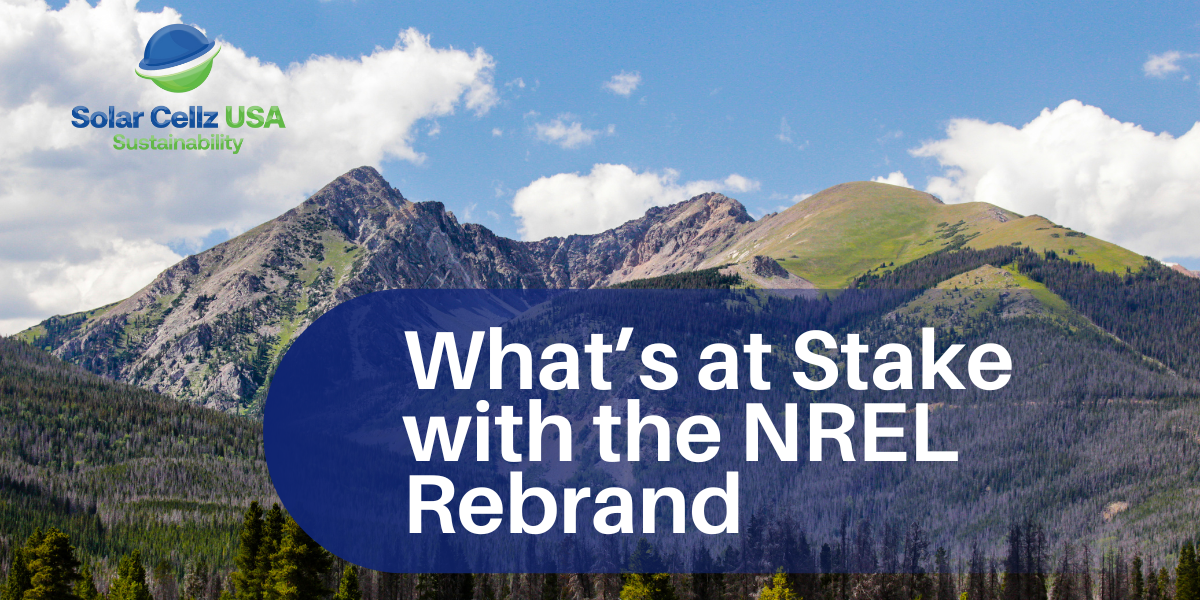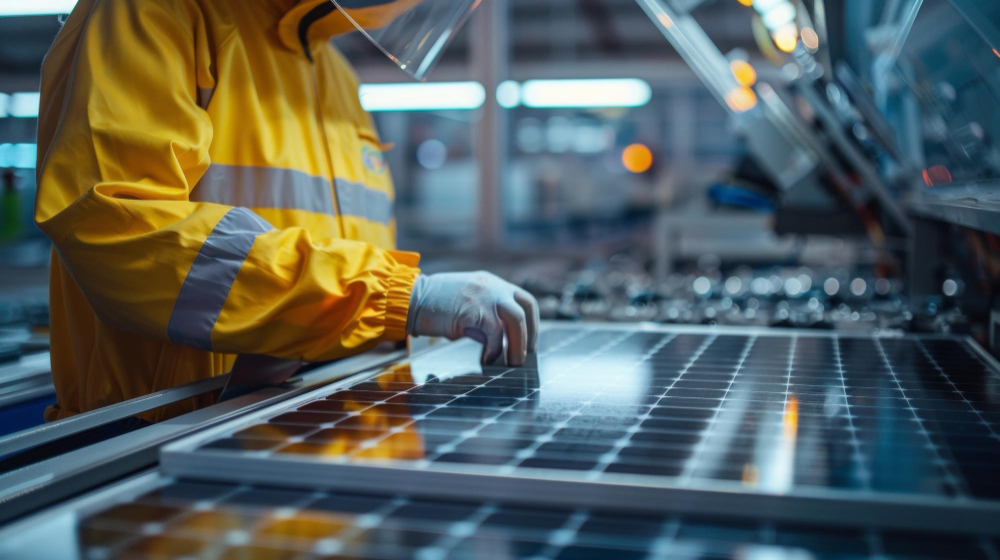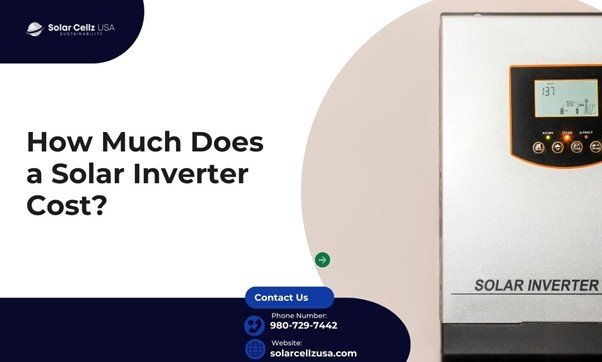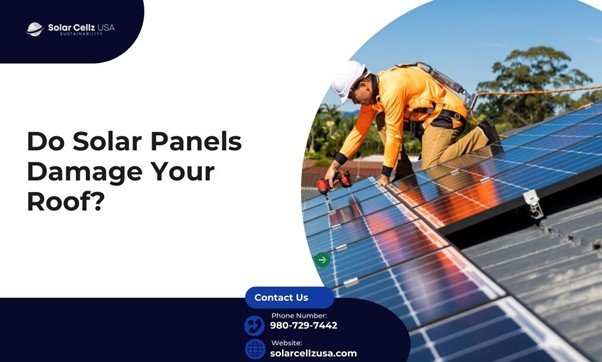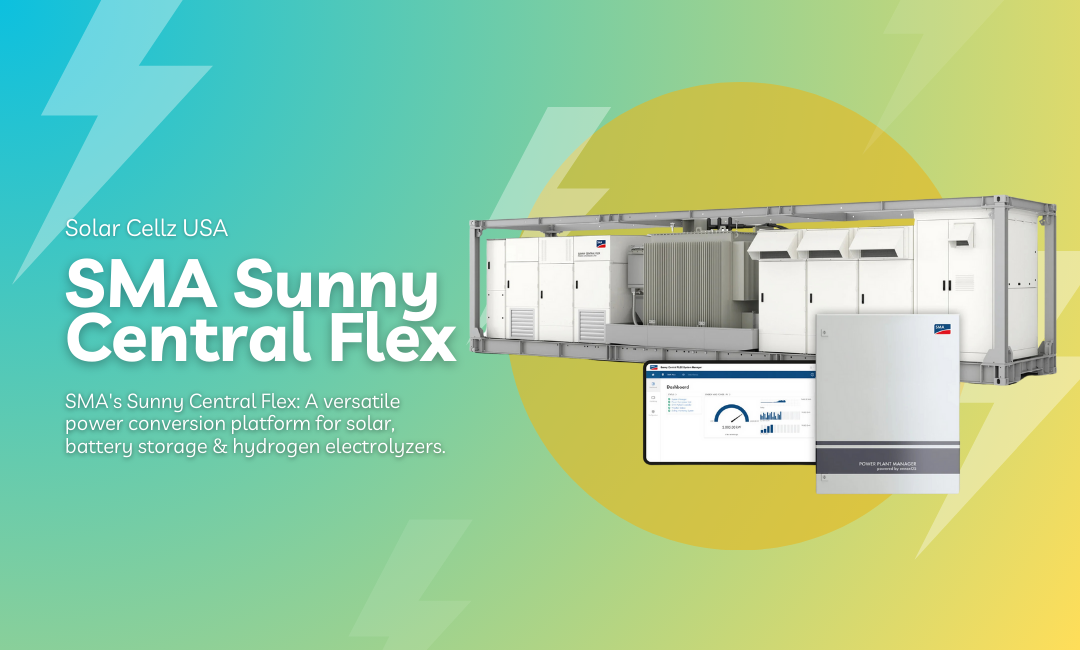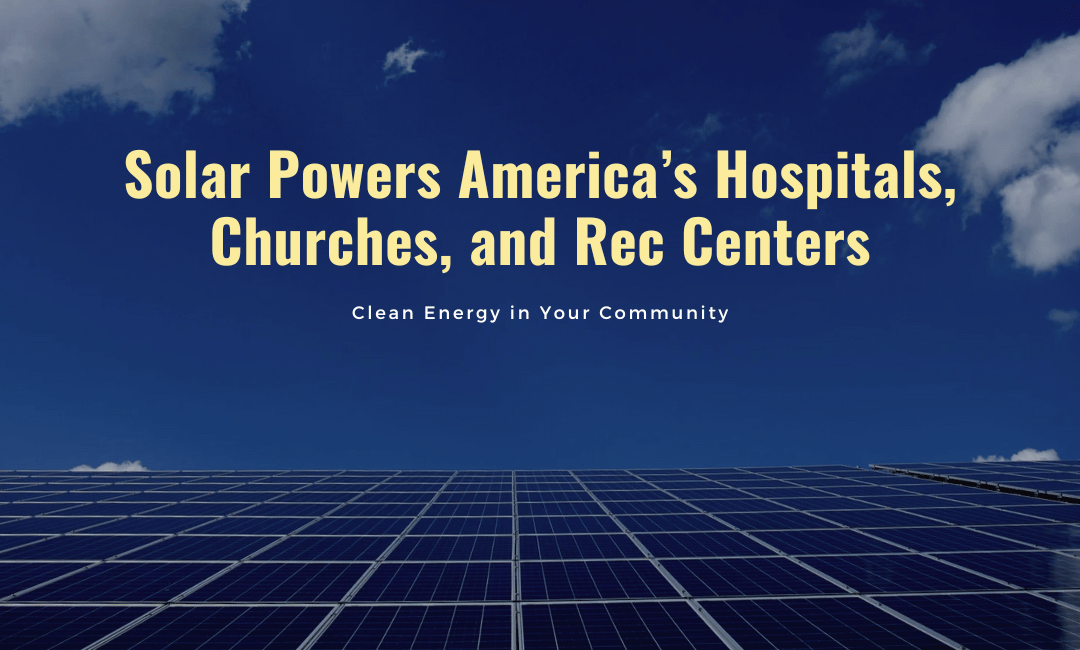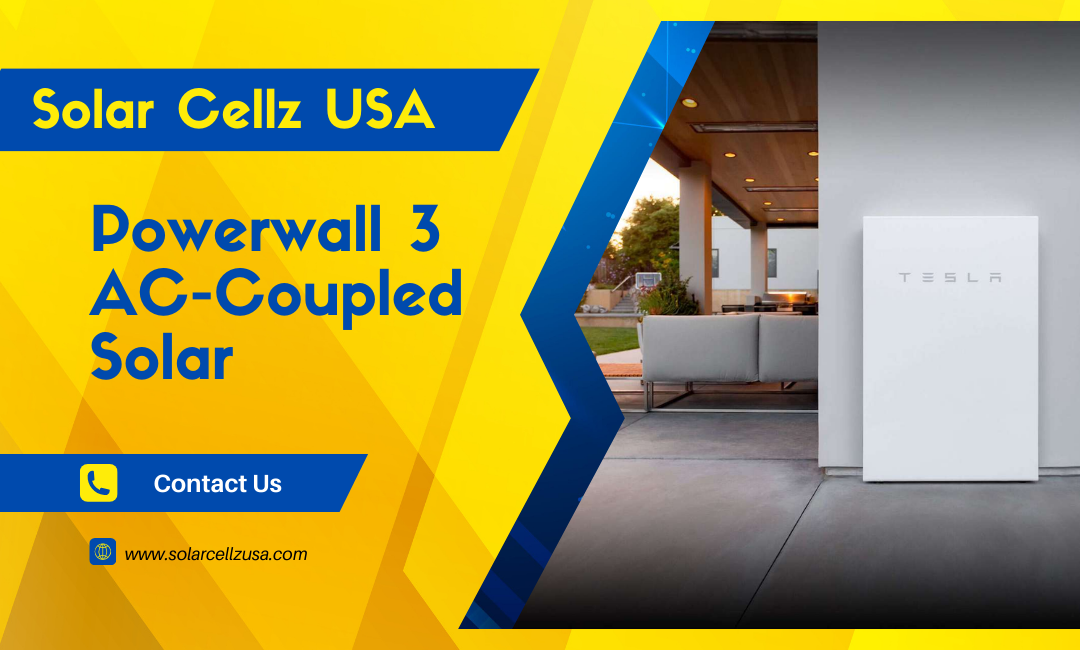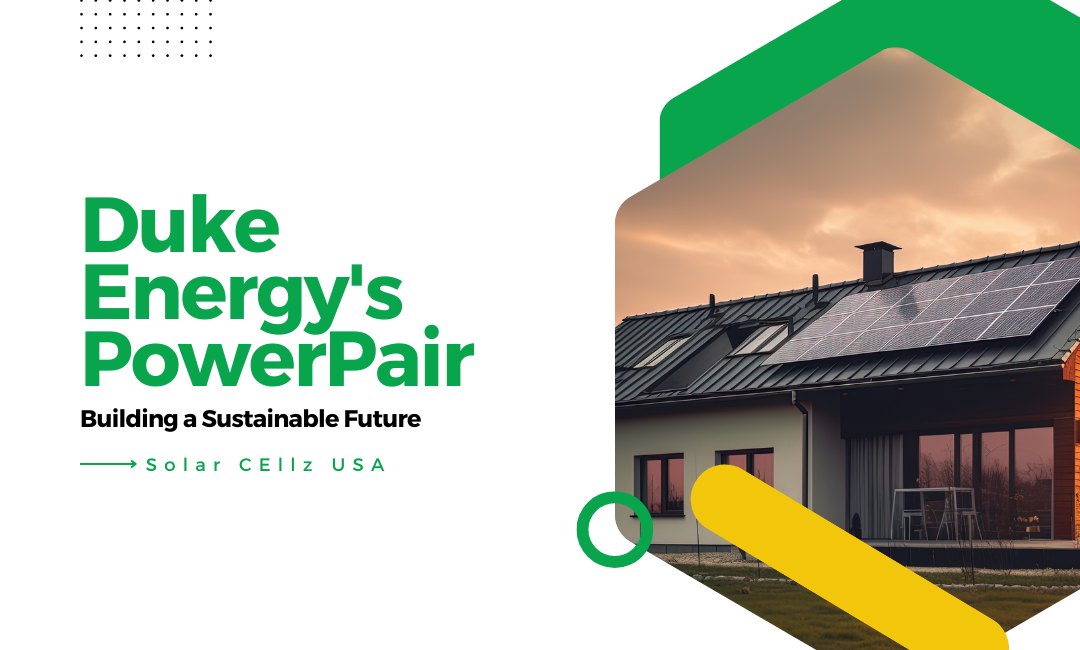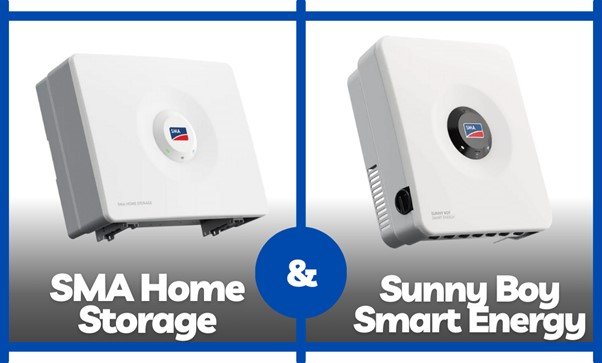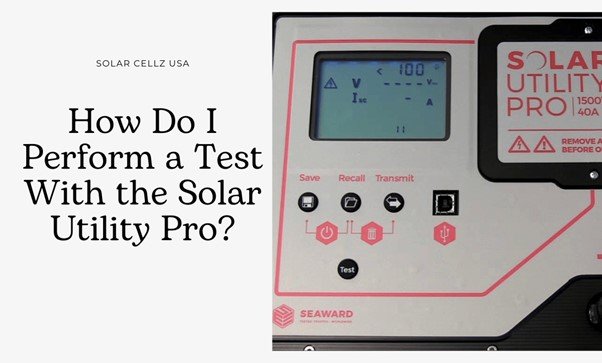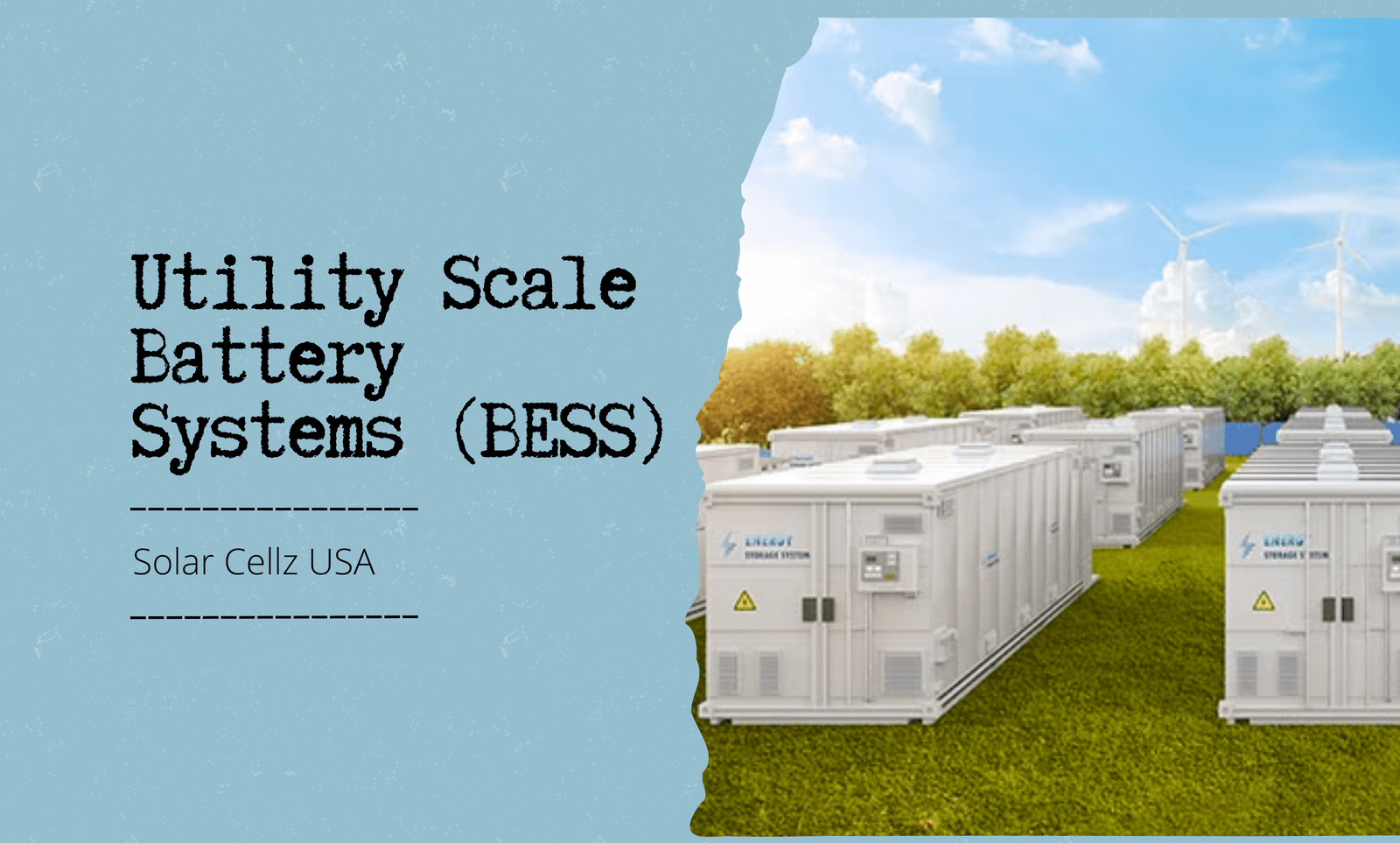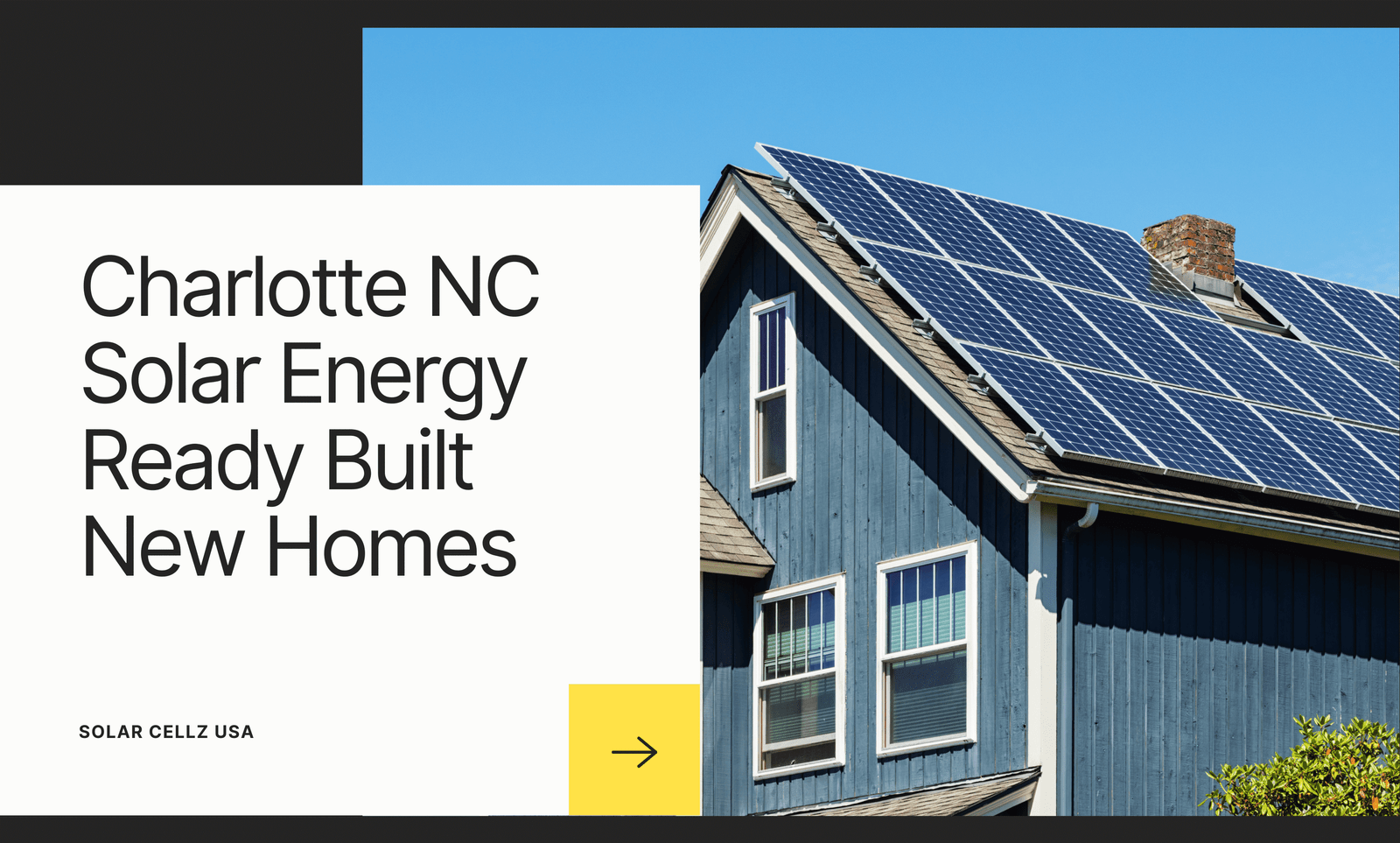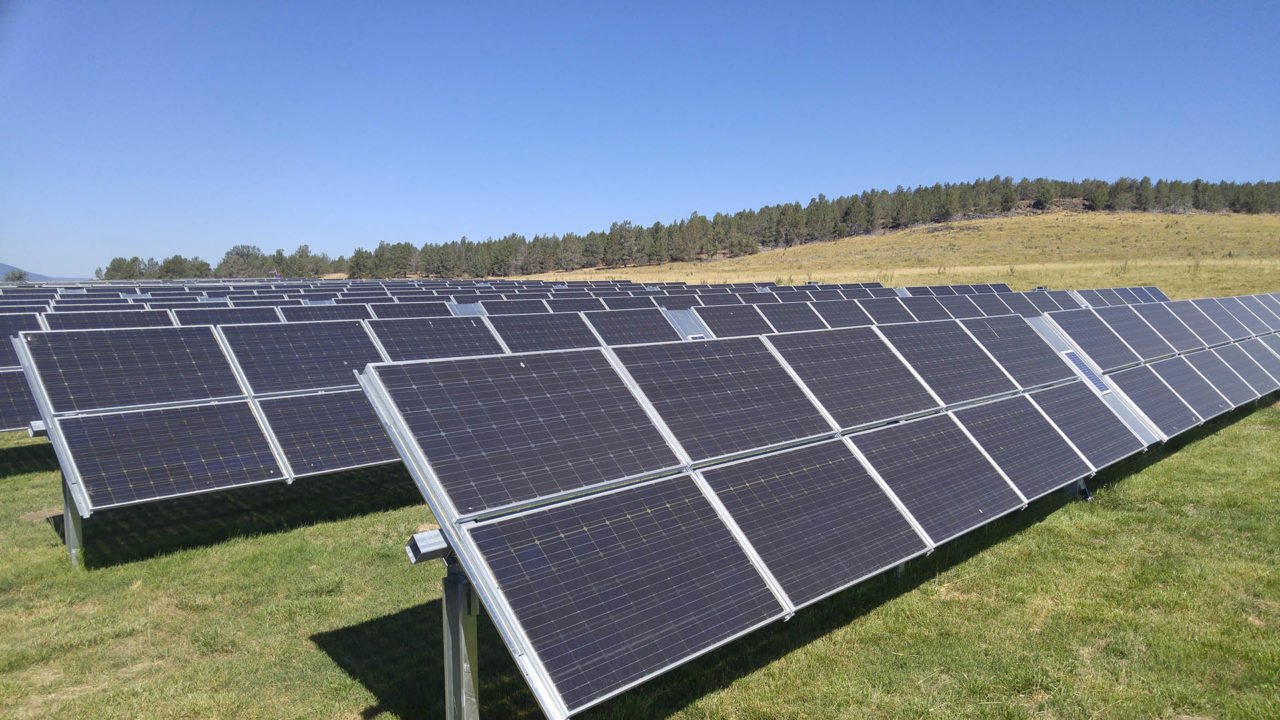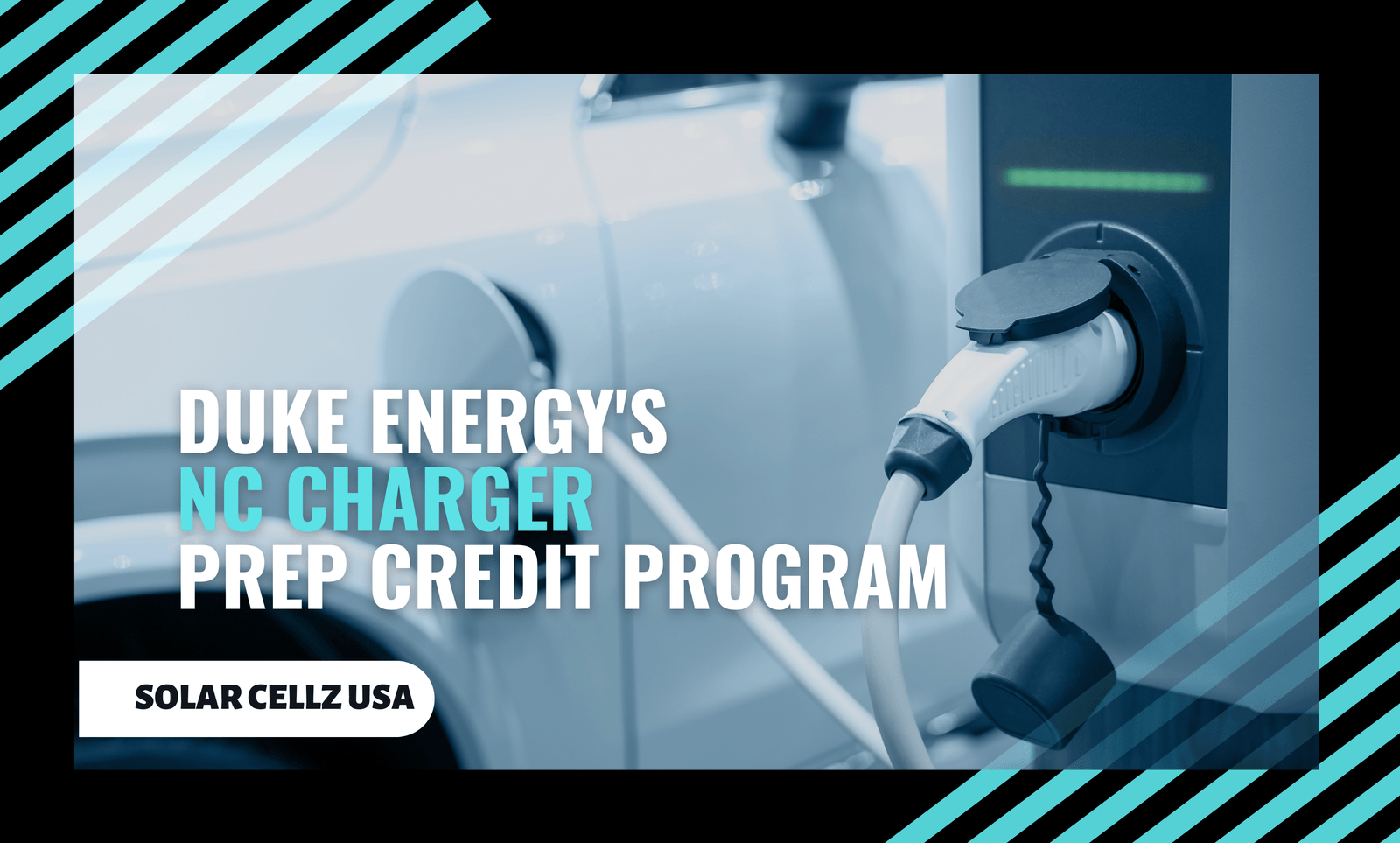Thinking about ditching the gas pump for good? Great. But then the question pops up: how long does it take to actually charge one of those electric vehicles? It’s not as simple as “plug it in and forget it.” Charging times vary—a lot. Did you know charging times can range from a few hours to overnight, depending on a handful of factors? We’re here to clear up the confusion.
This guide breaks down everything you need to know about EV charging. We’ll cover:
- Different charging levels (from your wall outlet to super-fast DC chargers)
- How battery size impacts charging time
- Other factors that can speed up or slow down the process
If you’re looking to install a home charging station and explore solar energy solutions, check out Solar Cellz USA. We have a wide variety of EV chargers and solar equipment. We can help you make the switch to electric driving.
Charging Levels: From Trickle to Torrent
Think of EV charging as filling a water tank. You can use a garden hose (slow), a standard faucet (faster), or a fire hose (fastest). These are our charging levels. We break them down into three main categories: Level 1, Level 2, and Level 3 (DC Fast Charging). Understanding these levels is key to understanding EV charging times.
- Level 1 Charging (120V): This uses a standard household outlet. It’s the slowest way to charge, adding only about 3-5 miles of range per hour. It’s best for overnight charging or topping off. Imagine plugging in your phone – it’s a slow and steady charge. We don’t recommend relying on Level 1 for quick top-ups.
- Level 2 Charging (240V): This uses a higher-voltage circuit, similar to the one your electric dryer or oven uses. Level 2 charging is significantly faster than Level 1, adding roughly 10-20 miles of range per hour. This is the most common home charging setup. Most EV owners install a Level 2 charger in their garage or driveway. It’s a solid balance of speed and convenience.
- Level 3 Charging (DC Fast Charging): This is the fire hose of EV charging. DC fast chargers use high-power direct current (DC) and can add 50-100+ miles of range in just 30 minutes. These chargers are typically found at public charging stations along highways and in urban areas. They are essential for long road trips.
- Pro tip: DC fast charging is great for quick top-ups on the go, but it’s not usually recommended for daily charging at home due to cost and potential battery wear over time.
Here’s a quick table summarizing the differences:
| Charging Level | Voltage | Typical Range Added per Hour | Best For |
| Level 1 | 120V | 3-5 miles | Overnight charging, topping off |
| Level 2 | 240V | 10-20 miles | Home charging, daily use |
| Level 3 (DC Fast) | 480V+ | 50-100+ miles in 30 minutes | Road trips, quick top-ups |
Battery Size: The Bigger the Tank, the Longer the Fill

Just like a car with a larger gas tank takes longer to fill up at the pump, an EV with a larger battery takes longer to charge. EV batteries are measured in kilowatt-hours (kWh). This measurement tells you how much energy the battery can store. Think of kWh like gallons in a gas tank—the higher the kWh, the more energy the battery holds, and the further you can drive on a single charge.
- Small Batteries (30-40 kWh): These batteries are typically found in smaller, more affordable EVs. They offer a shorter range but charge relatively quickly, especially with Level 2 charging. We can often fully charge these batteries overnight or in a few hours with a Level 2 home charger.
- Medium Batteries (60-75 kWh): This is a common size for many popular EVs on the market today. They offer a good balance of range and charging time. With Level 2 charging, these batteries might take 6-8 hours for a full charge. DC fast charging can significantly reduce this time.
- Large Batteries (90+ kWh): These batteries are found in long-range EVs, often SUVs or trucks. They provide the longest range but also take the longest to charge. A full charge on a Level 2 charger could take 10 hours or more. However, they benefit the most from DC fast charging, adding significant range in a shorter period.
Imagine two EVs, one with a 40 kWh battery and the other with an 80 kWh battery. If both are plugged into the same Level 2 charger, the 80 kWh battery will take roughly twice as long to charge fully. It’s simple math.
This is where planning comes in. If you regularly take long trips, a larger battery might be worth the extra charging time. But if you primarily use your EV for commuting or short trips, a smaller battery could be sufficient and save you money upfront. We can help you determine the right battery size for your needs.
It’s also worth considering how Solar Cellz USA’s home battery solutions can work with your EV. If you have solar panels and a home battery, you can store excess solar energy during the day and use it to charge your EV at night, reducing your reliance on the grid and saving on electricity costs.
Beyond Size and Speed: Other Charging Factors

We’ve covered battery size and charging levels. However, several other factors can influence how quickly your EV charges. Think of these as wild cards that can either boost or hinder your charging speed. Knowing about these will help you manage your expectations and optimize your charging strategy.
- Battery Temperature: Just like humans, EV batteries perform best within a certain temperature range. Extreme cold or heat can significantly slow down charging. In cold weather, the battery’s chemical reactions slow down, making it harder to accept a charge. Some EVs have battery thermal management systems that pre-heat or cool the battery to optimize charging in extreme temperatures. We suggest checking your EV’s manual to see if it has this feature.
- State of Charge (SOC): Charging isn’t linear. It’s usually fastest when the battery is nearly empty and gradually slows down as it approaches full. This is because the charging system needs to carefully manage the final stage of charging to prevent overcharging and battery damage.
- Charger Output and Availability: Even if you’re using a DC fast charger, the actual charging speed can vary depending on the charger’s output. Some DC fast chargers offer higher power output than others. Also, if you’re at a public charging station, the availability of chargers can impact your charging time. If all the chargers are in use, you’ll have to wait. We recommend using apps that show the availability of nearby charging stations.
- Cable and Connection Quality: A damaged or low-quality charging cable can restrict the flow of electricity and slow down charging. Make sure your cable is in good condition and properly connected. It’s a small detail that can make a big difference.
- Grid Load and Voltage Fluctuations: Sometimes, the electrical grid itself can experience fluctuations in voltage, which can affect charging speeds. This is usually more common during periods of high electricity demand.
If you’re considering a home charging setup, we at Solar Cellz USA can help you choose the right equipment and ensure a proper installation. We offer not just EV chargers but also solar panel and battery solutions that can work together to power your home and your EV. This combination can help you avoid grid load issues and maximize your energy independence.
Ready to Power Up Your EV Journey With the Right Gear?
So, as we’ve seen, charging an EV isn’t a one-size-fits-all situation. Many factors play a role, from charging levels and battery size to temperature and grid load. Understanding these elements empowers you to make informed decisions about your EV and charging strategy.
Here are some key points to remember:
- Level 1 is slow, Level 2 is your home charging sweet spot, and Level 3 is for quick top-ups on the road.
- Bigger batteries mean longer charging times, but also more range.
- Temperature, state of charge, and charger availability can all affect charging speed.
Ready to take control of your EV charging experience? We at Solar Cellz USA offer a wide range of EV chargers, solar panels, and home battery solutions to fit your needs. We can help you design a system that not only charges your EV efficiently but also powers your home with clean, renewable energy. Contact us today to learn more about how we can help you power up your EV journey.
